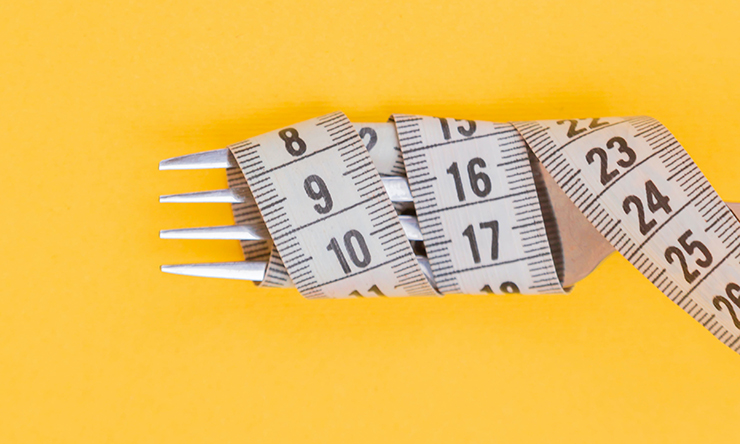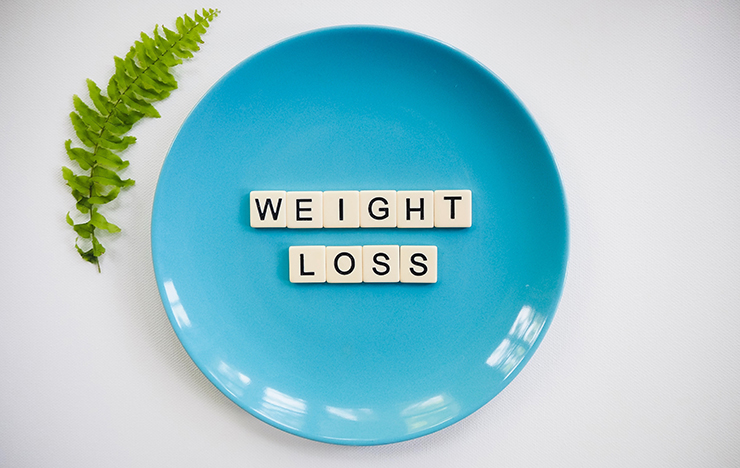Dry Fasting

Among the many existing diets, dry fasting occupies a special place. The Fashiongton Post will tell you today what a dry diet is, what happens to the body during dry fasting, whether dry fasting is useful, and what diseases dry fasting cures.

What is dry fasting
Dry fasting (also known as ‘dry diet’) is a type of fasting for therapeutic and unloading purposes, when you completely refuse both any food and liquids, including water. Optimal dry fasting is 36 hours. It is believed that specifically this amount of day hours for dry fasting helps the body cleanse itself of toxins and reboot. As much as possible, adhere to dry fasting not more than 72 hours maximum.
Ideally, dry fasting should be tried with the permission and under the supervision of your doctor, dietitian or nutritionist. Simply deciding to start practicing dry fasting without supervision and proper preparation is contraindicated for everyone, and especially for people who have any problems with the gastrointestinal tract.

How dry fasting works
Dry fasting enthusiasts claim that when the body lacks fluid, it takes it from its own fat cells, breaking down fat, which sounds very tempting, especially if you are trying to lose extra pounds. The internal fluid helps the body survive without water from external sources. Therefore, the safest practice of a dry diet is 36 hours. The body has no resources for more, regardless of the number of extra pounds.

Dry fasting to treat diseases
It is recommended for first-degree obesity, hypertension, joint diseases (osteochondrosis and arthritis), nervous system (migraine and vegetovascular dystonia), bronchial asthma, skin diseases (neurodermatitis) and allergies.
All the studies that have been conducted on the subject of dry fasting do not have a solid evidence base to consider this type of fasting curative and completely safe for the human body, so experimenting with this type of diet should be very careful.

